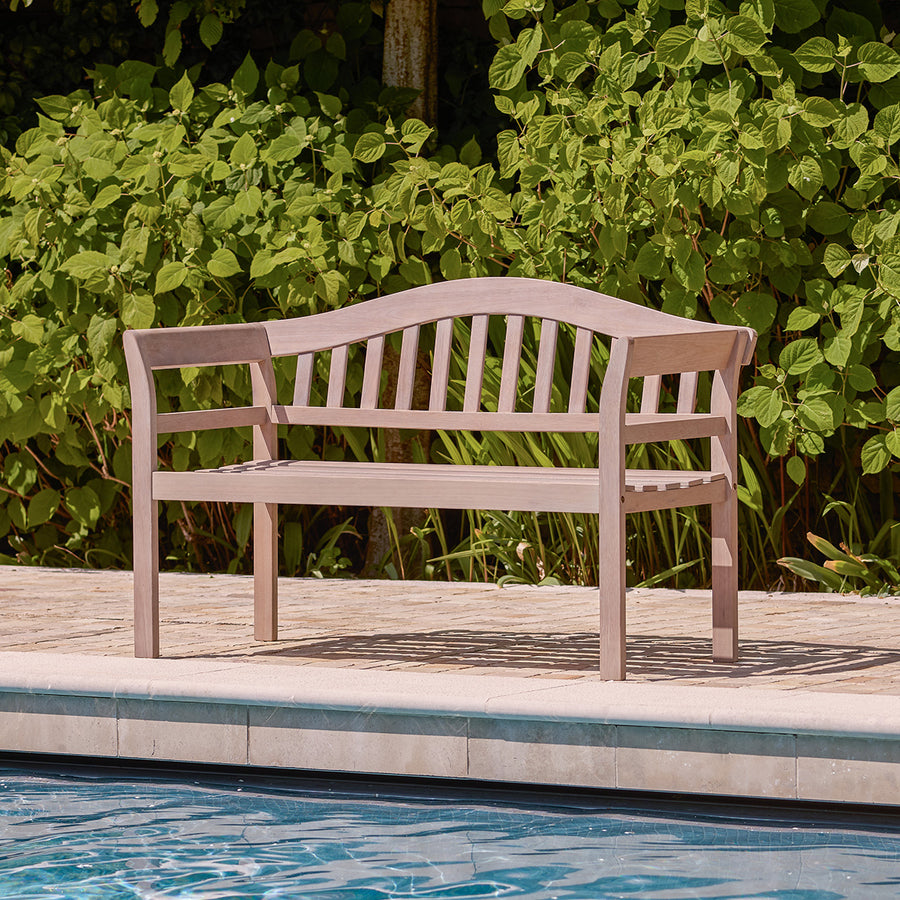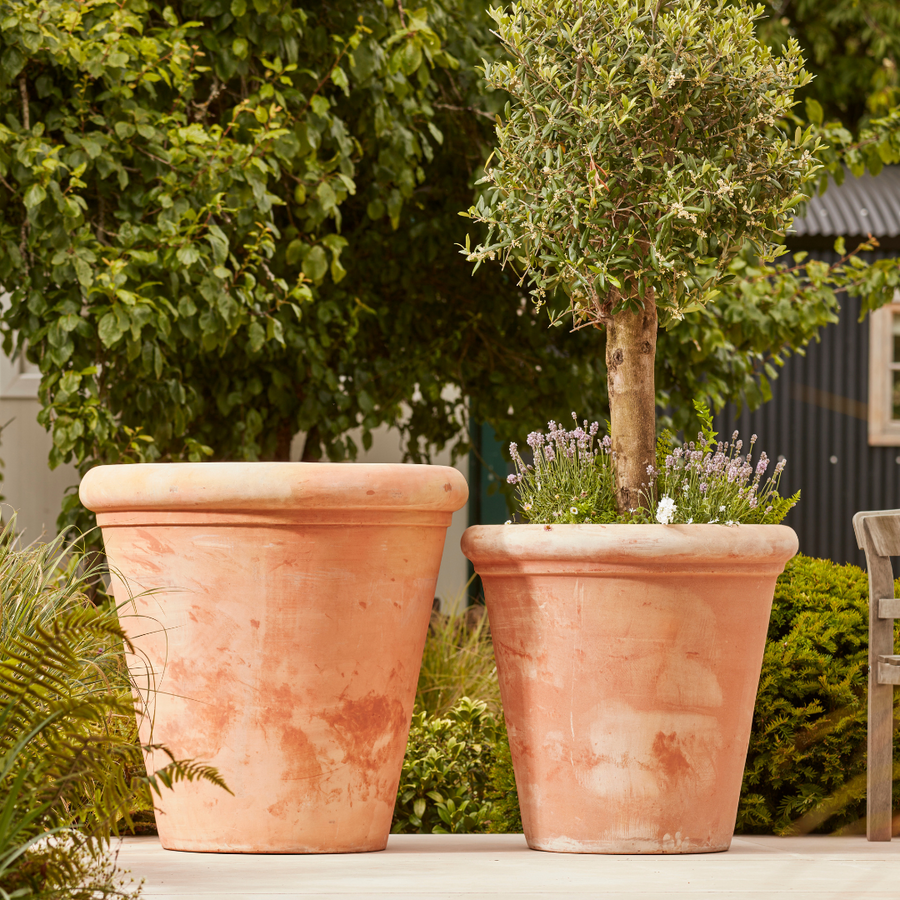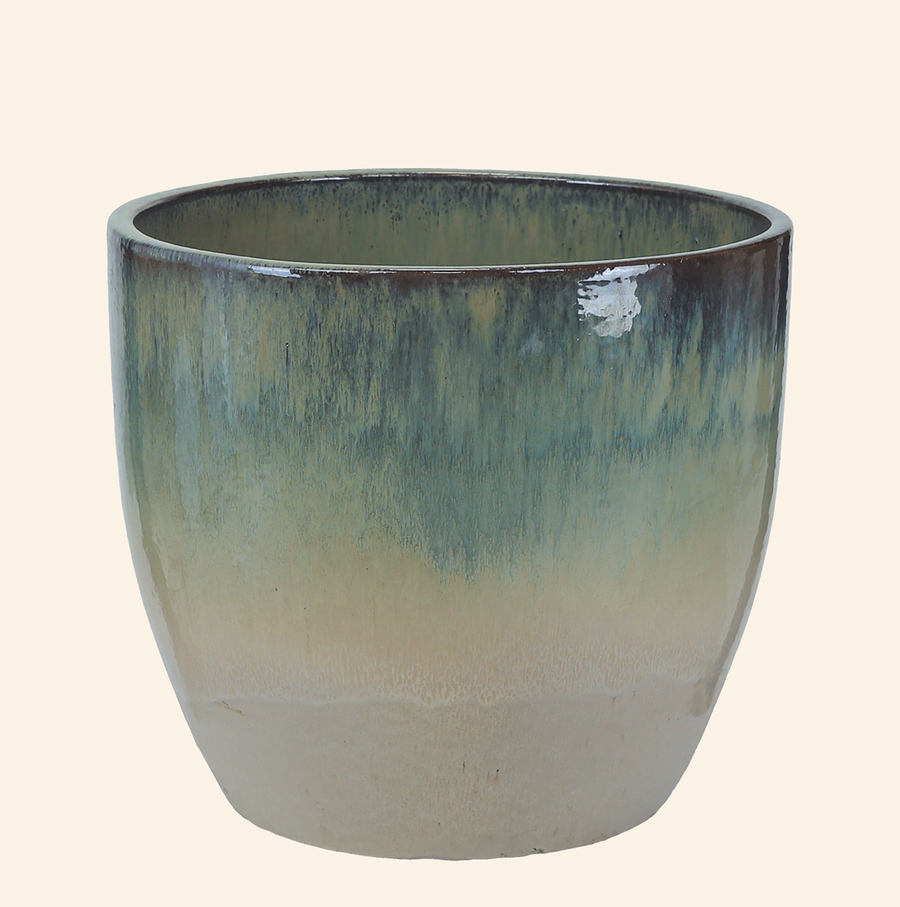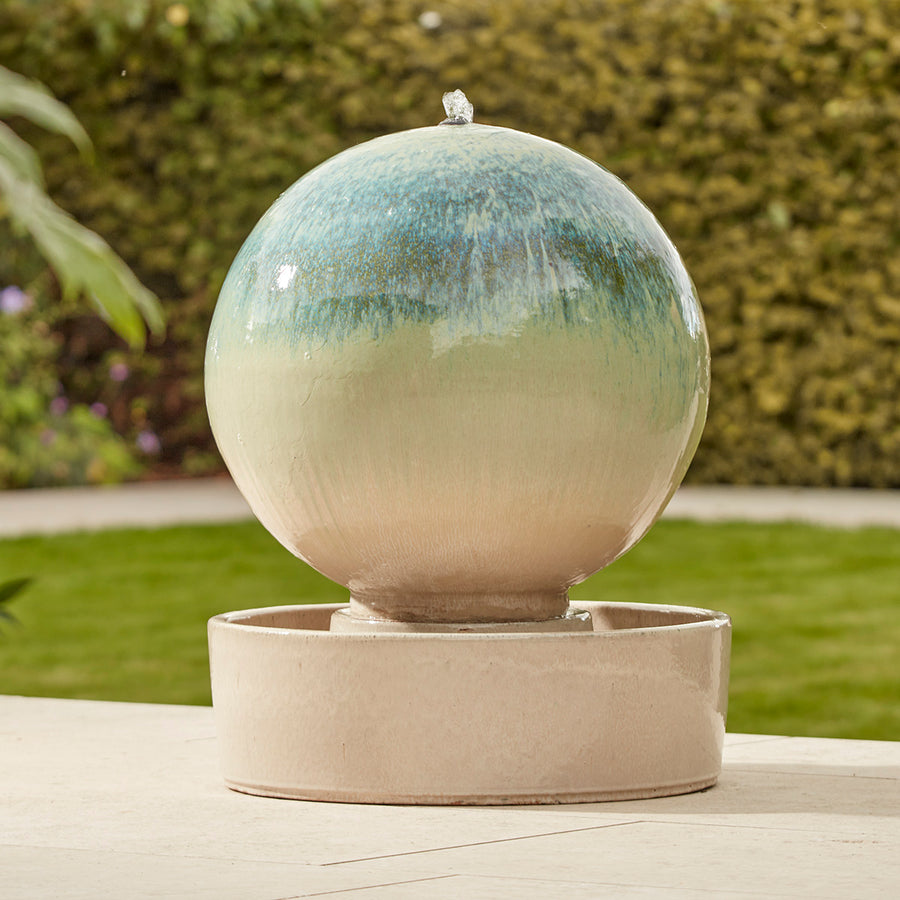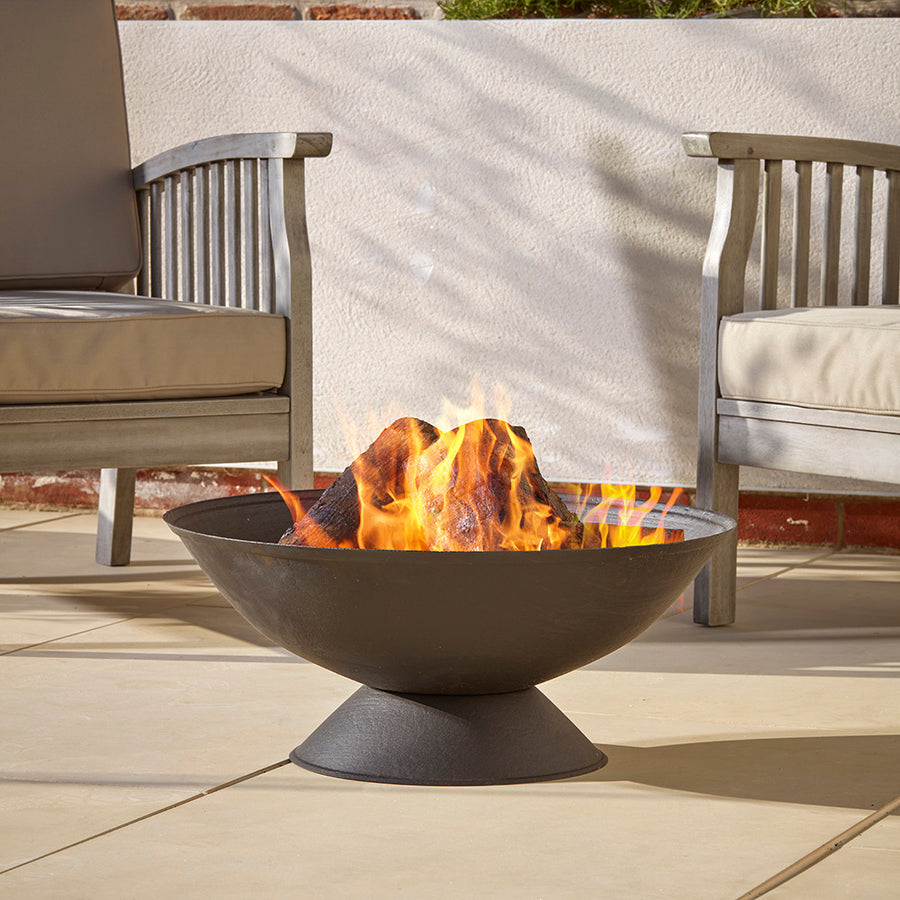Our tips for choosing the perfect Christmas tree and how to care for it
Choosing a real Christmas tree for your family is a magical time at the beginning of the festive season and for many a live tree is at the heart of the celebrations. Nothing evokes the spirt of Christmas more than the scent of fresh pine and they are a fully bio-degradable choice. But with so many sizes and different varieties available, how do you choose a real Christmas tree that is perfect for you?

Measure up
If buying from a garden centre or outdoor retailer, remember the trees always appear a lot smaller in an open space. While you’re at home, get out your tape measure so you know the height and space of the room that your live tree will be going in. Don’t forget that your stand will add to the height, as will your tree-top decoration. You don’t want to find out its too tall or wide and then have to chop back, ruining the form and shape of your tree.
Varieties
One of the most popular varieties of Christmas tree is the Nordmann Fir, which is renowned for its symmetrical shape, well-spaced branches, soft, glossy, dark green foliage and needle retention, making it an ideal choice for families with children and pets. The Norway Spruce, is a more traditional looking tree with a wonderfully long-lasting fragrance and plenty of branches, giving lots of room for hanging decorations.
Choosing your tree and stand
Before purchasing, give it a shake to see if any needles are dropping off and make sure the needles are green and shiny, not yellowing. Put your hands on your tree’s trunk about halfway up and lift. The heavier the tree is, the fresher it is because it’s full of water.
We recommend that you consider the space between the branches and the decorations you plan on using. Decorations look best when they hang straight down, so a tree with little space between branches may be the preferred choice. If you plan to only use just lights or tinsel, you may prefer to go for a lush and fuller looking tree instead.
A high-quality tree stand is also essential for your tree’s life. Remember the taller the tree the wider the diameter of the stand you need. A stand which can hold a lot of water will also mean that watering isn’t something else to add onto your to-do list.
At home
When you get your Christmas tree home, it is best to keep it outside for as long as possible before taking it into the house. It is recommended that you (or the retailer) trims about 3cm off the trunk - this way the tree can absorb more water through its fresh cut as it opens up the bark. Place your fresh tree in plain water. Positioning is important in the home, so make sure your tree is stood in an open, well ventilated space. Radiators are their worst enemy so if possible, turn down any that are in close proximity to your chosen spot.

Care
Typically, real Christmas trees last 4-6 weeks. To keep your tree alive for as long as possible, make sure it always has a supply of fresh water.
It may drink a lot over the first few days in its new home. Your Christmas tree may drink 2-3 pints (1-2 litres) of water per day, depending on its size and your central heating settings. After around a week, the intake should slow down and it won’t need as much. Daily watering also reduces the risk of fires significantly so it’s very important, not just for the tree, but for yourself and your home.
Potted and pot grown trees
You may choose to buy a container planted Christmas tree this year. There are two types:
Potted: These trees have been grown in the ground and then dug up and potted with few roots. They longevity is the same as a well-cared for cut tree, and usually won’t establish in the garden afterwards unless they have enough root system to survive.
Pot Grown: Each tree is supplied in the pot it was grown in, meaning less root disturbance and a healthier tree and after Christmas with a little care, the tree can be planted outside to enjoy year after year.

Planting out
After being inside your home all Christmas, we recommend that you don’t plant your real tree straight away but leave it in a porch or garage to acclimatise to the colder temperatures for a few days.
Check that it has sufficient roots and plant in a sunny but sheltered spot with plenty of room to grow. Don’t plant out when there is frost, wait for a milder temperature before digging your hole Carefully, lower the tree into the ground. Re-fill with the compost, then pack the top with about three to four centimetres of good quality mulch. Water regularly and fertilise in spring.
We'd love to see your trees, decorations and lights, you can send your photos to us by tagging them #Gardenesquegarden


